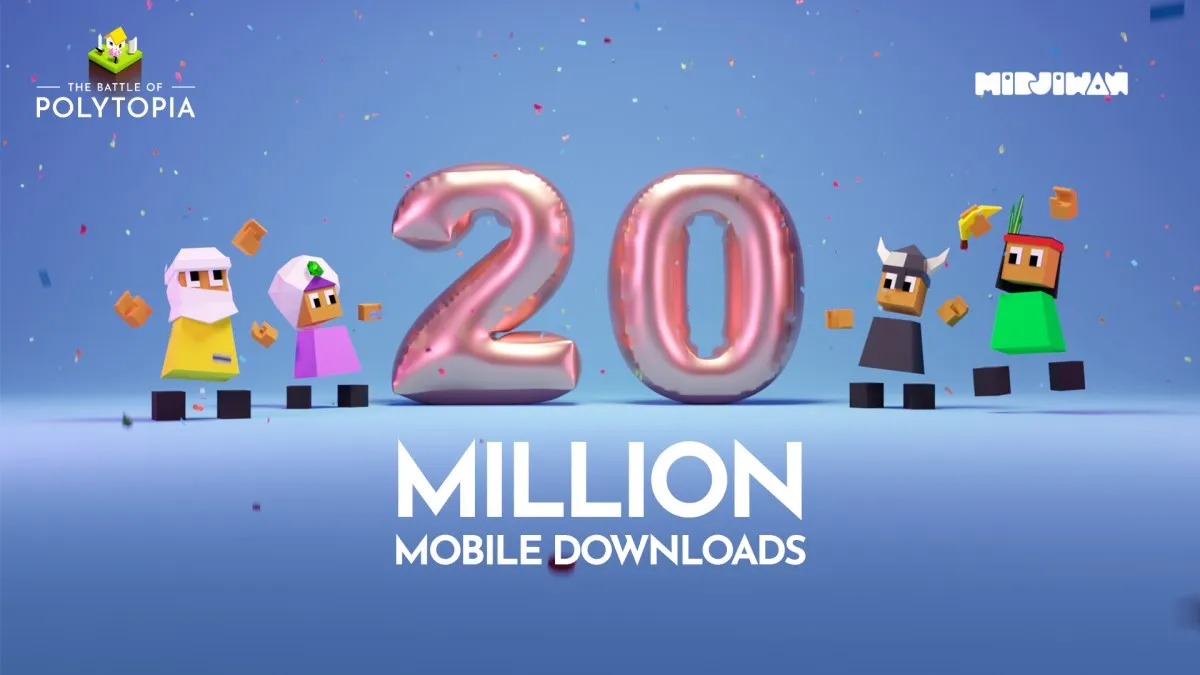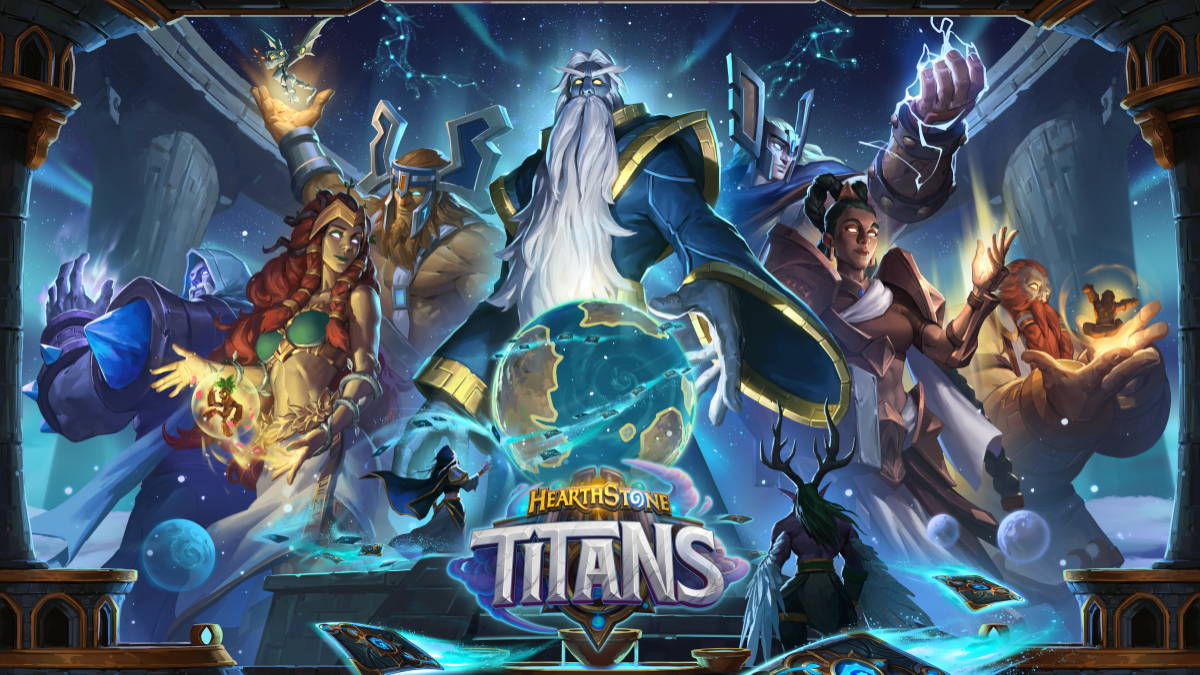Chris Avellone has well cemented his name in the echelons of CRPG history by both leading and contributing to development on a plethora of classics spanning almost two decades. His back catalogue includes titles such as Planescape: Torment, Fallout 2, Star Wars: Knights of the Old Republic II, and Fallout: New Vegas. Currently, he’s collaborating with inXile on Torment: Tides of Numenera and finishing up a Wasteland 2 novella.
Sometimes, the universe throws up weird coincidences; and so it was for my interview with Chris. We’d been chewing over a date and time to set one up for a couple of months; and then, just hours before we were due to talk on Skype, Chris announced on Twitter that he was leaving Obsidian. Obviously, I was chomping at the bit to ask about the whys and hows of what happened with that, but as you might expect, Chris didn’t want to comment.
However, he did give some guarantees about his future in the industry, and some very vague hints as to what that may entail, should you be of a speculative mind. On top of that, we talked about his beginnings, design philosophy, enjoyable games to work on, the world of Numenera, and the future of gaming.
The full interview is available in audio (music from Fallout 2 and Neverwinter Nights 2), or as transcribed highlights below.
[powerpress]
PC Invasion: How did you first get into games design?
Chris Avellone: I always wanted to play RPGs. I wanted to make my character; I wanted to go on adventures. The first time I got exposed to Dungeons & Dragons, I thought it was the coolest thing ever. It was basically make-believe, but it had rules, which made it seem more fair to me.
However, the problem was that no one would ever be the game master. So I had this huge frustration; I wanted to go on these cool adventures. It turned out the only way to really solve it was for me to be the dungeon master for my friends, and that was my role again and again and again. I certainly enjoyed doing it – there’s really no thrill that compares to running a really good game session where all the player’s get really excited and think you did a good job, and you’re like, “wow, you know what? I really did good there; I really feel proud of myself.”
Over the years, all this design work for the pen and paper games built up, I was like, “wow, I got stacks and stacks of dungeons and modules and inventory items. It’d be kind of a waste to leave all this stuff lying around.” So I submitted some of it, the company that made an RPG called Champions took pity on me and published some of it. From there, I got more and more work and then went on to Interplay.
Mostly, I guess the reason I got into game design is because of lazy players, and I wanted to be a player so I did the next best thing.
PCI: What’s been your favourite game to work on?
CA: I’ve liked just about every game that I’ve worked on but the reasons tend to vary.
I really enjoyed working on Fallout 2, because of the RPG mechanics that were established with Fallout 1. The whole branching quest structure where the different character archetypes could solve each quest in a different way I thought was awesome. Being able to design quests that way was good.
The dialog was a breath of fresh air too. I’m like, “Oh my god, stats can modify your responses, that’s crazy! Look what a stupid character says. Now I’m a super smart guy, look what I say!” I loved writing that because you could include all sorts of Easter eggs in there for people who had chosen different builds.
Planescape: Torment was great. It was a lot of hours. Planescape was like the huge… I hesitate to say dumping ground… but every single idea that I had for a fantasy quest or character I was able to dump into that game and I had so many files built up. Planescape allowed me to do all those things, thank god. So I took up that stuff that had accumulated and gave it a voice.
PCI: You’ve created and helped create a lot of games which are considered to be cult classics and have very dedicated communities for fans. Did you foresee those games becoming as big as eventually did while you were working on them?
CA: I guess using Fallout 2 and Planescape as examples… at the time, I had no idea that they would achieve any sort of cult status. The feeling then was mostly that the “magic” came from the fact that we got to keep our jobs.
I should probably explain that: With Planescape, I actually thought I was going to get fired over that game. I’m like, “The localisation costs are through the roof, it’s a weird game, QA was sceptical of it.” Overall I thought, “Oh my god, this is it. This is my career, I’m done.”
With Fallout 2, that was a little bit different because people from other departments would stop by to ask how it was going. The reason for that was they were afraid they were going to lose their jobs if Fallout 2 didn’t come out within a certain period of time.
So there was the joy of keeping your job and not getting fired, but I had no idea they would ever achieve any sort of following beyond that. I think both games have taught me that it’s worthwhile to look at the long picture with a lot of games; Planescape – definitely I appreciate the people that have played it and enjoyed it and to see it still resonate with people after all these years is really heart-warming.
It just reminds me that what may seem like temporary terrors about how a game’s going may not pan out at all in the long run. You got to keep that in mind, the story goes on. It’s not finished once the game is out, it’s still got that chance to resonate even louder in the future, which I think is good.
PCI: How’s your work going on Tides of Numenera?
CA: I’ve done a lot of the core arch for the companion I’m designing for that game, and also I finished the outline for the first graphic novel, and I’m halfway through the second one.
I’m actually really excited about it. I think the setting is really cool and I think Monte Cook, who was also part of Planescape, his design aesthetic really shows through in that world and it’s just as much fun to design for as it was for Planescape.

Work continues apace on Torment: Tides of Numenera.
PCI: How would you compare the two settings?
CA: Planescape basically took every D&D world and said they’re all connected across the planes, so just about everything you can imagine exists out there if you find the right key and the right door.
With Numenera, it seems like Monte condensed that into one world. The world you explore in Numenera has gone through so many upheavals, going from the heights of technology back to the “stone-age”, that all this residue of all these artifacts and technology are still lying around. That’s sort of the equivalent of magic in that world. Certain spell effects might be the effects of nanites or super-science that people can’t really understand any more, but they can see what the effect is.
Basically, it’s allowed designers to create a Planescape-like effect. You can create just about anything in Numenera and explain it as being one of those previous worlds that existed. It allows for a lot of really cool locations to brainstorm about.
I think the inXile crew has really run with that. They have that entire submerged city that’s almost like a water drop in the middle of the desert. They did a great job with speccing out that one location called the bloom where you go inside what feels like a giant devouring stomach that keeps opening apertures here and there; it’s disgusting! But it’s cool!
Numenera allows for that, and so did Planescape. So I feel like it’s liberating in terms of design, you don’t have as many classic bookends hemming you in.
PCI: We’re currently experiencing somewhat of a resurgence of isometric RPGs. Where do you think it’s going? Where will we see the innovation / iteration if these types of games are to continue?
CA: I think each game should have a certain ambience or feel about it which sets it apart. I think Wasteland 2 and Tides of Numenera, they definitely set a different tone and because of the nature of their worlds they were allowed to explore different system mechanics, which I think is good.
My thought is just that as they’re being developed, people will learn more about the intricacies of Unity and the engine. I think there’ll still be an evolution in terms of how that RPG experience comes about; if they’re going an espionage game or a Planescape-style game. All those things allow you to explore different system mechanics.
I think that if anything Kickstarter proved that there’s a large viable market. The fans are out there. It doesn’t always have to be on every console to reach the audience any more. It’s OK to scale back, just the PC is good for now and let’s focus on making a good RPG.
PCI: Are there any areas of game design you find particularly challenging?
CA: Sometimes I get afraid that I undermine my profession, but I actually do have a really hard time writing dialog. I like to do it once I get into it, but when I start I get so scared about the character. It usually requires that there aren’t any outside distractions or anyone walking by, because I feel like they’re judging me (laughs).
The way that I write is I can hear the character’s voice in my head, and if someone’s with me then the voice gets really quiet. So sometimes that’s a bit of a challenge, and also I feel like I’m just going to fuck up the dialog. I’m like, “I had this image for how I wanted it to be, but I know once I put the words to the paper it’s probably not going to be as good as I imagine.” Occasionally I surprise myself, but usually it’s never quite the blue sky thrill that I imagined in the first place.
PCI: You’ve spoke a bit about crowd funding, would you ever consider heading up a Kickstarter?
CA: I’m going to hold off on answering that for now.
I’m focusing on Numenera right now, finishing up the companion work and any additional work they want me to do.
I’m also finishing up the last few chapters of the Wasteland 2 novel which I loved writing. Man, it grew from a novella to a novel… My first novella experience and I made the mistake of making four protagonists, because I thought that felt more wastelandy, and that just grew and grew. I was having so much fun writing it that I was like, “Hey Brian (Fargo), can I just turn this into a novel?” And he was like, “Well, you don’t have twist my arm.”
So I want to wrap that up and get the help of a good copy editor who has a lot of time to spare.
PCI: Beyond Numenera is there anything you can talk about that you’re working on in the future?
CA: Nothing that I can talk about right now. I will say that the work on Numenera, I’m really enjoying it. There’s a lot of stuff still to do so I’m looking forward to getting my hands back in there. I really enjoy writing the character that’s going to be in the game, in many respects he’s very planescapey so I’m looking forward to that. Also, I’m working with a lot of the guys that I worked with on NWN 2, and also the original Planescape, so being able to work with all those guys again has been a huge joy.
The future beyond that… I guess there’s a lot of gleams in people’s eyes for these really cool ideas they would like to bring to the game arena and those ideas are pretty awesome. So I’m looking forward to seeing where that goes and hopefully being a part of that.
PCI: We’re definitely going to see more games from you then?
CA: I don’t think I could ever stop being a game designer, that’s just where my brain is going to be at until I’m in the coffin.
PCI: How do you see the industry in general, going forward?
CA: In terms of the future of the industry I’m just waiting for the Star Trek holodeck to show up because that’s going to be the end result, it’s just a series of steps.
PCI: Possibly in our lifetime I suppose…
CA: You know what? It better be!









Published: Jun 11, 2015 09:00 am